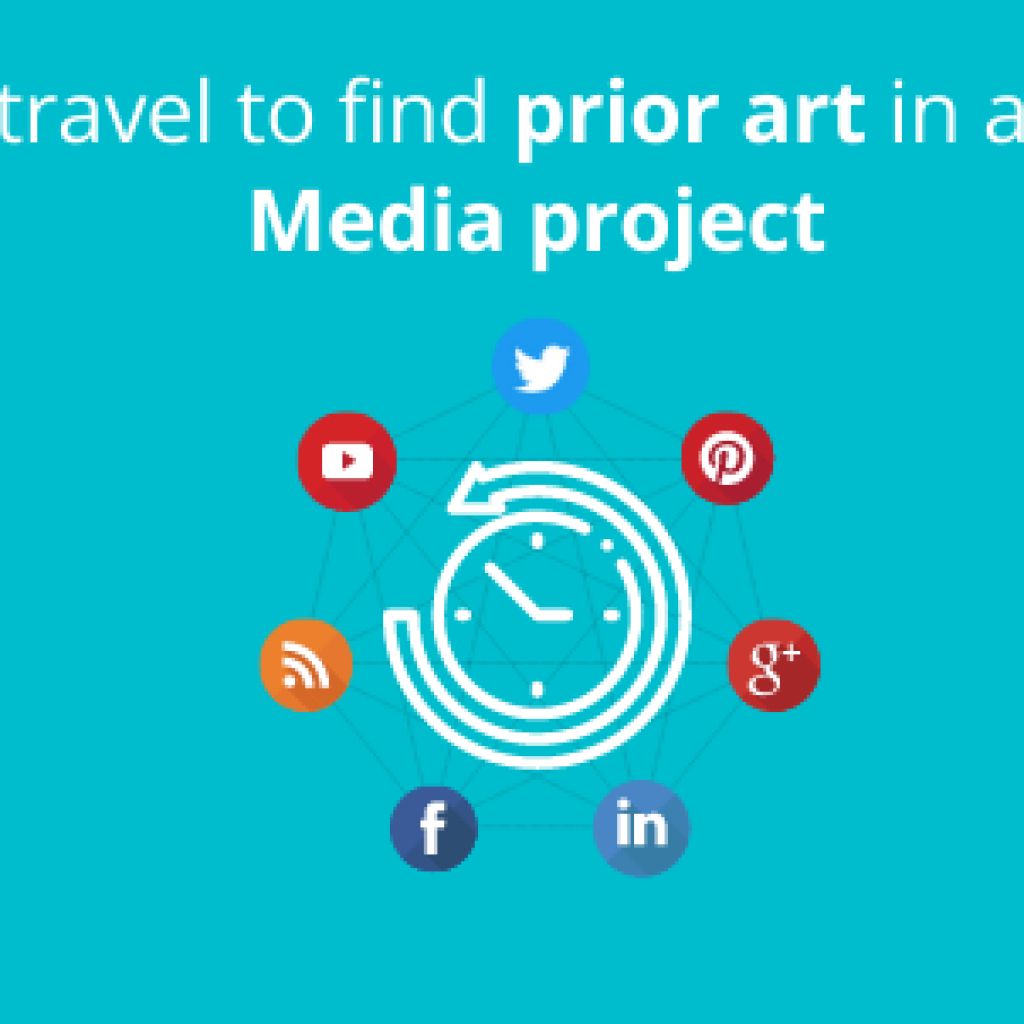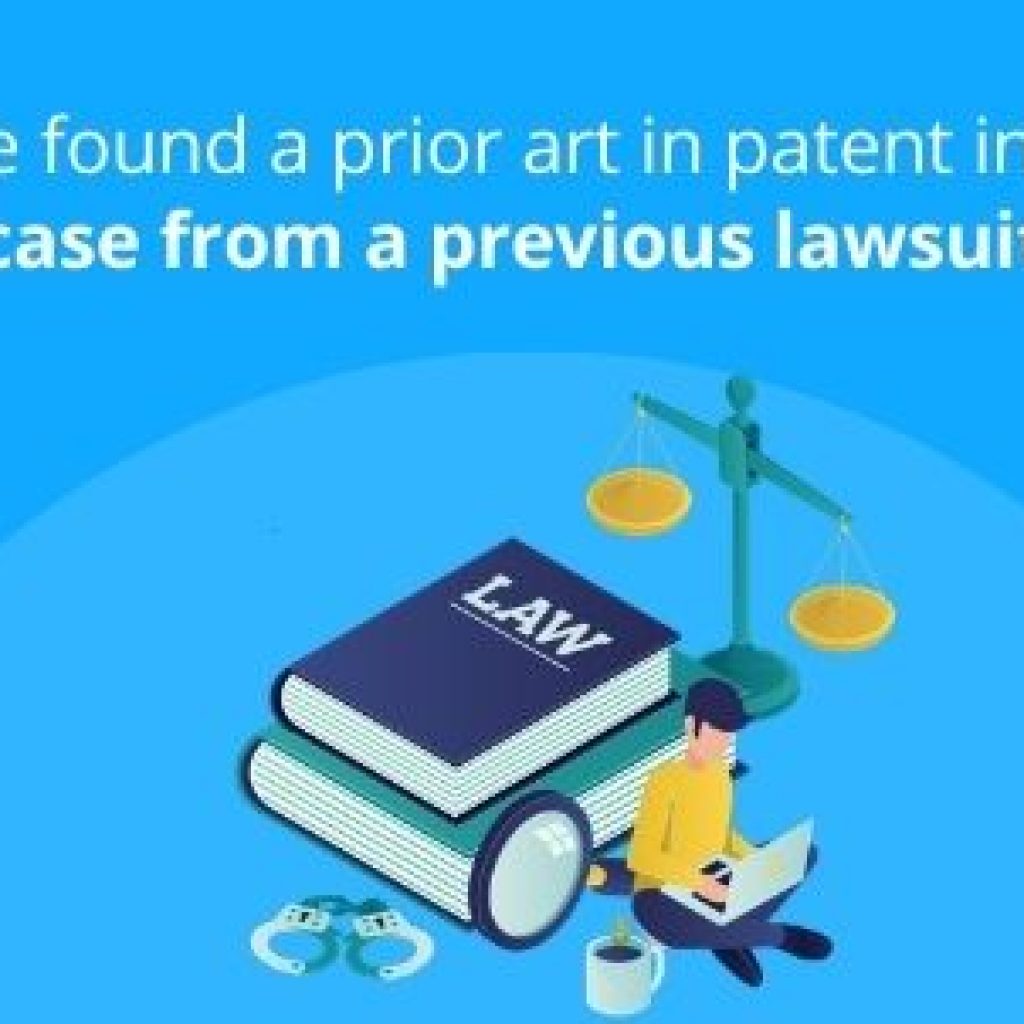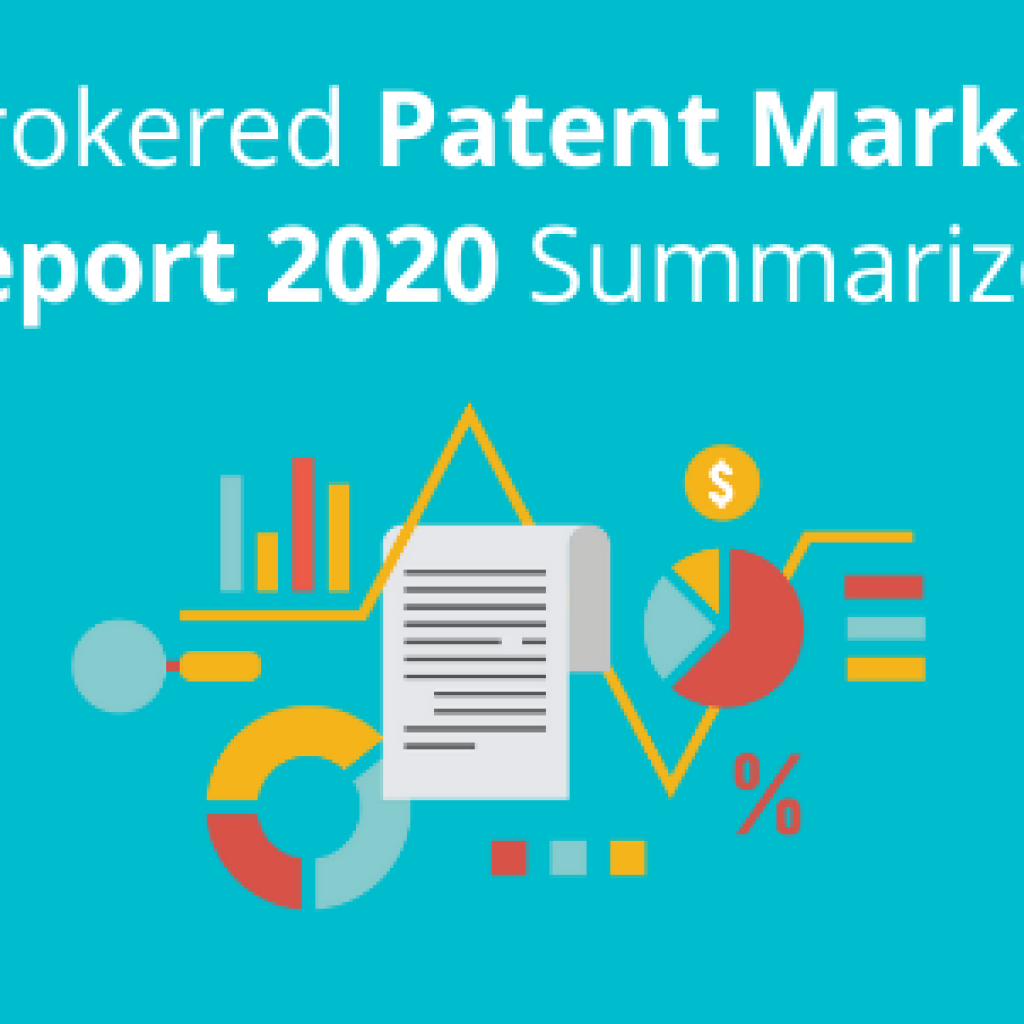OBJECTIVE:
We had to invalidate a patent related to an audio player that had one important feature. Also, the client wanted to make his position stronger in the Inter Partes Review.
STORY:
This patent had been a part of litigation before. In all such cases, the other party ended up settling the case. So, we had a feeling that this isn’t going to be an easy task. However, as we have mentioned before, we at GreyB know the importance of an invalidity search for a client whose millions of dollars are at stake. Hence, we always use to be ready to stretch our limits to any extent to find a solution for a client, no matter what!
This patent prior art search was not like any other patent invalidity search where one can directly jump searching a patent after understanding it. It required planning and then execution. So, we chalked out a plan where our execution point was to gather all information on the patent.
Aligned with this thought, we started studying the prosecution history of the patent. This was done to have a clear understanding of the parameters considered by the examiner, and separate the prior art identified by us from the already cited prior art. It also helped us in ascertaining the usage of the identified reference from the client’s perspective.
A Prior Art Search Checklist to Make Your Life Easy: Download your copy of free Prior Art Search Checklist that helps keeping mistakes at bay here:
The analysis of the prosecution history revealed that the examiner tried rejecting the claims on the basis of obviousness using two patents as prior art. However, the inventor argued that the cited prior art does not explicitly disclose the feature and got the patent granted.
Hence, to challenge the validity of the subject patent, we had to find prior art that explicitly discloses the claimed features.
Next, we studied the litigations in which the subject patent was involved in. In that, we found a document by a court. This document had interpretations of different terms used in the patent. Though there uses to be nothing special in such interpretations; we, however, found one interesting interpretation where the claim element ‘download’ was defined as transferring data from one memory to another memory. Also, in the previous litigation, this interpretation was not given its due concern.
There we got our lead. We targeted our search at the weakest point of the patent. After a lot of dedicated efforts and manual analysis of 1000s of patents, we found two patents describing the inventive concepts w.r.t. the above definition of ‘download’.
Result: we had a strong result for our client to submit in the Inter Partes Review.
In every project, our thought process remains to solve the problem of a client. If there exists an exact prior art, we find it, no matter what. But if it does not exist, we still find the next best thing that could help our client be a winner.










